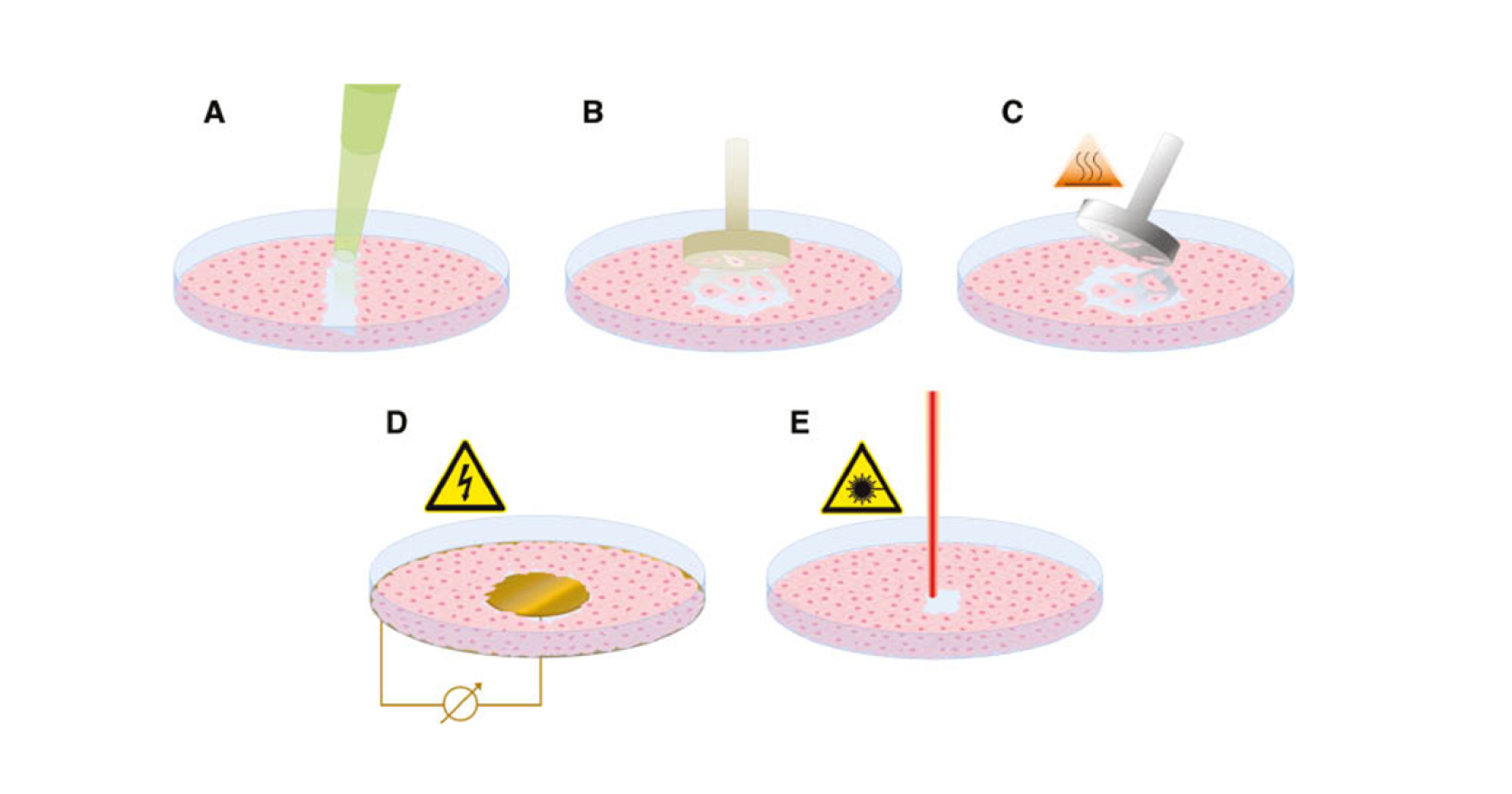We have so far shown that the Lewin’s (1951)unfreeze-change-refreeze model is well conceived in that it seeks to create a fluid stage of being and behaving, from which it is simple to remould people and their behaviours to new ways of working. Unfreezing, getting people to see the benefits of a change and buying into the process, is also ultimately more likely to succeed than chipping away at their behaviours over a prolonged period of time.
The second stage of the process of change, also called movement, is where the manager has to apply emotional intelligence to support the staff, whose emotional responses to change will vary. It is during this stage that resistance can grow and reiterating the vision is important.
The final stage of Lewin’s change model is refreezing, or what Lewin called ‘freezing’. This paper we will consider what refreezing might mean for the manager leading change and what it requires of them in managing their team.
Refreeze
Refreeze is all about regaining a level of stability and embedding a change that has happened (Lewin, 1951). However, it is important to be realistic about what this means. Any health and social care workplace will, because of the nature of the work, always have some development going on. Refreeze means in relation to the change that has happened and not to everything else that is happening.
One of the realities of health and social care is that there is almost always a change happening. This means that staff are often unsettled and out of their comfort zone. We said in the first paper in this series (Ellis, 2023), that the manager has to persuade staff to leave their comfort zones, if a change is to happen. In reality, health and social care managers need to foster cultures of care where staff are comfortable with change and development because as one change is bedding in, others will be at different stages of the change process.
Embedding the change
Even if we accept that health and social care environments are in a permanent state of change, it remains important to embed individual changes, for example, adopting a new NICE guideline or changing a dressing regime. What this means is working towards the new way of working becoming the new normal.
Embedding change does not happen overnight and managers need to:
- Be patient with staff
- Review and reiterate the need for the change regularly
- Listen to feedback from staff
- Reinforce the positives
- Be clear that the change is there to stay
- Be alert to signs of regression (Burnes, 2020).
In many respects, leaders and managers need to allow the change to embed at a pace that suits the team. This is, of course, contingent on the type of change and its importance. Some changes may need to move quickly because they have a real immediate benefit for patients, while others are not so important — managers and leaders need to choose their battles. That said, once a change has been adopted, the manager cannot allow the staff group to dictate a move back to old ways of working, as this would be a leadership failure.
Lewin (1951) regarded the change process as being one wherein the whole group should engage in a democratic-participative sense (Burnes, 2020). If this has been achieved in the first two stages of the process, then freezing should be simpler to achieve.
Is it really refreezing?
In reality, no team that has adopted a change refreezes. Change is iterative in nature; people change what they do and then continue to find new ways to make that change work. One feature of agile change is that it encourages rapid change adoption in environments which are flexible and, on the whole, iterative (Tolf et al, 2015).
This means that any change never becomes fully embedded. This has advantages in that by continually testing and retesting ways of working, health and social care staff are ready and able to quickly adopt and adapt to new ways of working. Teams and individuals, which do not constantly test and question the ways in which they work, tend to be stuck in old and outdated ways of working which may prove detrimental to patients (Ellis, 2022).
That said, without an individual change becoming embedded, it is difficult for teams to approach the next potential change they face as some members of the team will start to wonder if it is all about change for change’s sake (Mind Tools, 2023).
Helping the change take root
There are a number of strategies a manager or leader can adopt that will help a change take root in their team. These strategies recognise how the key barriers and levers that prevent or promote change are the emotional responses people have to any change process (Issah, 2018).
Emotionally intelligent leaders understand that they have to work to understand:
- What emotional barriers prevent a change from taking root
- What emotional responses prevent a change from staying rooted
- What they need to do to gain support from the team
- Who they need to influence to enable the change to embed.
- How to read the team mood so that they can understand when the change is in danger
- What other changes might be needed to support the original change
- How to communicate the positives with the team
- How to reward ongoing success.
This all means that the leader or manager promoting and supporting change has to recognise that the process does not end when the new ways of working have been introduced. Like any iterative process, change requires ongoing work as the team tries to make sense individually and collectively of what has happened and as they look for ways to make any change work for them.
Change is non-linear
Despite presenting Lewin’s model as a three-stage process, it is fair to say that Lewin never intended for the model to be represented as a linear undertaking. Lewin recognised that people and the dynamics by which people and organisations live are far more complex than that which can be captured in a simple change model (Cummings et al, 2016).
Change is a cyclical process with changes feeding into other changes, both big and small. Managers and leaders need to remember this when planning change. They also need to remember that in complex organisations, such as those seen in health and social care, staff will often be experiencing several non-related changes simultaneously. This means that the emotional burden of change and the impacts on self-esteem identified in Hopson and Adams’ (1976) model could be a permanent state of affairs for many staff.
Conclusion
In this paper, we have seen that the third stage of Lewin’s unfreeze – change – refreeze change model, requires as much thought and effort from the manager or leader as do the two other stages. We have seen that neglecting this stage might mean that the change does not embed properly and that some staff may be tempted to return to old ways of working.
This miniseries has demonstrated the value of applying Lewin’s model to any change process. We have seen that the model is simple to understand and apply and that it can be used in a variety of change scenarios, including changes in places and processes. Managers and leaders are reminded that any change in the workplace is going to challenge them and some, if not all, of the people they work with.
It is imperative, therefore, that managers approach change in a structured way. This not only includes planning the change, sharing the vision and taking people on a journey through the change, but also ensuring that the change has taken root. Neglecting the refreeze stage of the change process is a recipe for change disaster as people will often return to doing what they know and understand best and that, all too often, is what they did before the change.







